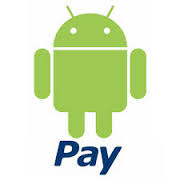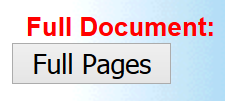Note: I was mistaken that USPTO did something right this time. See my followup blog post.
USPTO gets credit for doing something right this time.
First a bit of background. For many years, as many readers know, the process of paying an Issue Fee has been cumbersome and error-prone. You take Form 85B and you copy and paste the various pieces of information onto the form. (In our office we use the “typewriter” function of paid-for Acrobat to fill in the various fields.) What happens then is that somebody at the USPTO hand-types the various pieces of information into USPTO systems for use in typesetting the to-be-issued patent.
We track this stuff pretty closely for our clients’ patents, and over the course of twenty years we have seen USPTO fat-finger the Form-85B information no less often than 2.8% of the time. When this happens we often feel we must ask USPTO to issue a Certificate of Correction. And what’s very unfortunate is that USPTO does not update its Full-Text database to reflect the the CofC. In practical terms this means that a search in the Full-Text database that failed before the CofC (because USPTO misspelled, say, the assignee name) will still fail even after the issuance of the CofC.
So what is it that the USPTO got right this time? Continue reading “USPTO gets it right — new way to pay issue fees”


 n
n
 as that Softcard, the non-Apple digital wallet, had bitten the dust, and that Google had rather carefully not actually purchased Softcard but instead merely purchased its IP (mostly, its pending patent applications). This left Google Wallet as the successor app for Android phones. Google Wallet was decidedly clunky in several ways. Industry observers stood around waiting for Google’s next step, whatever it might turn out to be. Now we can see Google’s next step. It is Android Pay.
as that Softcard, the non-Apple digital wallet, had bitten the dust, and that Google had rather carefully not actually purchased Softcard but instead merely purchased its IP (mostly, its pending patent applications). This left Google Wallet as the successor app for Android phones. Google Wallet was decidedly clunky in several ways. Industry observers stood around waiting for Google’s next step, whatever it might turn out to be. Now we can see Google’s next step. It is Android Pay. 
 US patent or published US patent application as a PDF. We send the PDFs to clients and foreign agents and we save them to our own file servers for internal use.
US patent or published US patent application as a PDF. We send the PDFs to clients and foreign agents and we save them to our own file servers for internal use.